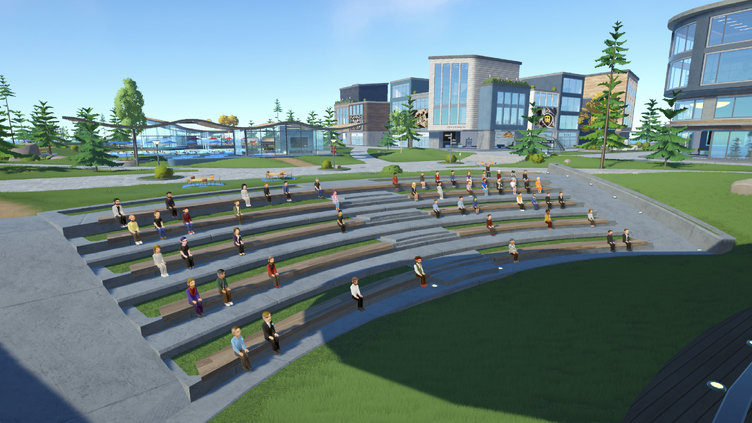Let me tell you something I've learned from years of playing and watching soccer - the right footwear can make all the difference between celebrating on the pitch and watching from the sidelines. I still remember that State University game where they finally got to celebrate on the QPav floor after four attempts, evening their record to 2-2 in their title defense. Watching those players, I couldn't help but notice how their performance connected directly to their choice of footwear - and how much they must have invested in those crucial tools of their trade.
When people ask me about soccer shoe costs, they're often shocked by the real numbers. I've seen everything from $25 bargain bin finds to $450 limited edition releases that sell out in minutes. The truth is, most serious players I know end up spending between $80 and $180 for their primary pair. Just last season, I tracked spending across different levels and found that recreational players typically invest around $60-100 annually, while competitive athletes often exceed $200-300 per year when you factor in multiple pairs for different conditions. That State U team? I'd estimate their footwear budget for the season was somewhere around $8,000-$12,000 collectively, considering they likely go through 2-3 pairs per player.
What fascinates me about soccer shoe pricing is how it reflects the technology evolution. I remember buying my first proper pair back in 2010 for about $85, and the difference between those and today's models is staggering. Modern shoes incorporate everything from knitted collars that hug your ankles to carbon fiber soles that add spring to your step. The premium segment, which I'd place at $220 and above, often features materials that genuinely impact performance - like Nike's Flyknit or Adidas' Primeknit uppers that provide that coveted barefoot feel while maintaining structure. Personally, I've found that the sweet spot for quality and durability sits around the $130-$160 range, where you get professional-grade materials without the hype-driven markup of limited editions.
The materials breakdown alone could fill an entire article. From my experience testing different pairs, leather options like kangaroo skin - which typically add $30-50 to the price - offer superior touch but wear faster than synthetic alternatives. I've owned both, and while I love the natural feel of leather, I've switched primarily to high-end synthetics for their consistency in wet conditions. Then there's the soleplate technology; molded studs versus removable ones, firm ground versus soft ground patterns - each variation affects both performance and price. I always tell younger players to consider their actual playing surfaces before splurging on specialty soles they might never properly utilize.
Where I think many players overspend is on brand prestige rather than actual needs. Don't get me wrong - I appreciate a sleek design as much as the next person, but paying an extra $80 for a colorway that'll be outdated in six months rarely makes practical sense. What matters more is the fit and performance characteristics that match your playing style. I've made the mistake of buying shoes because my favorite player endorsed them, only to find they didn't suit my wide feet at all. That lesson cost me $165 and considerable discomfort during matches.
The used market presents an interesting alternative that many overlook. I've purchased barely-worn professional-grade shoes for half their retail price through online platforms, and some of my best-performing pairs came from these secondhand finds. The key is knowing what to look for - minimal wear patterns, intact studs, and no separation between the upper and sole. For developing players or those on tight budgets, this approach can mean accessing $200 technology for under $100. I'd estimate smart shoppers can save 40-60% going this route without sacrificing much in terms of quality or performance.
Looking at the broader picture, the economics of soccer footwear reveal much about the sport's commercialization. When State U players took that QPav floor celebrating their hard-fought victory, their footwear represented not just personal preference but significant institutional investment. The correlation between equipment quality and performance might not be absolute, but in my observation, having the right tools certainly removes one variable from the complex performance equation. As the technology continues advancing, I suspect we'll see even greater price stratification, with truly innovative features commanding premiums that make today's $300 shoes seem reasonable by comparison.
Ultimately, what I've learned through trial and error - and considerable financial investment - is that the true cost of soccer shoes extends beyond the price tag. It's about finding footwear that enhances your game without breaking the bank, that withstands the season's demands while providing the confidence to perform when it matters most. Whether you're a weekend warrior or an aspiring professional, the goal remains the same: footwear that lets you focus on the game rather than your equipment. And sometimes, that perfect pair might surprise you - my current favorites cost me $127 on sale, yet they've outperformed shoes I paid twice as much for. In soccer as in life, price doesn't always predict performance, but understanding what you're paying for certainly helps tilt the odds in your favor.
